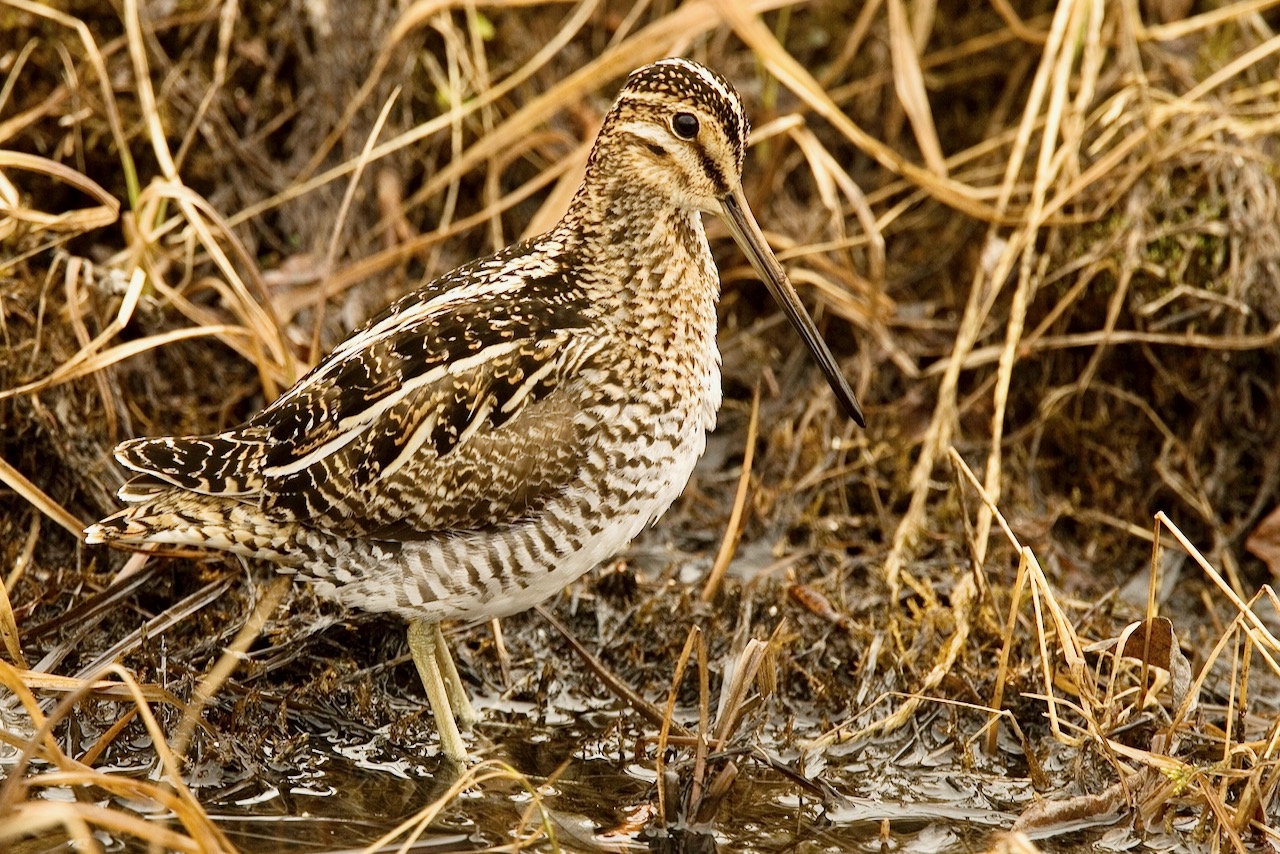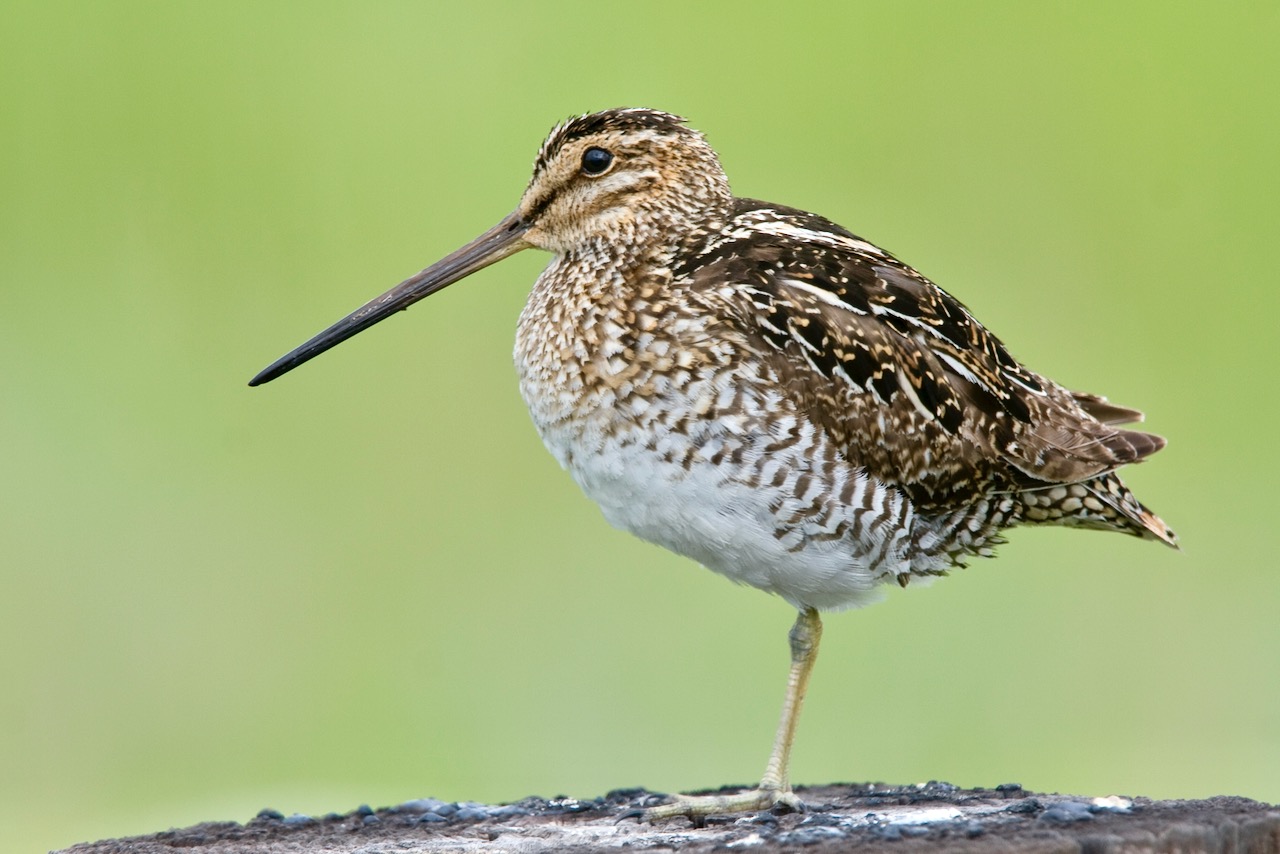THE BIRD THAT TIME FORGOT
Snipe may have fallen off the radar of most hunters, but the promise of a challenging and exciting day afield remains
Advertisement

In 1916, the U.S. and Canada, represented by Great Britain, signed the Migratory Bird Convention. Among other things, the agreement brought an end to the unregulated commercial harvesting of waterfowl and other migratory birds. Shorebirds were included, with the exception of large plovers and yellowlegs. By 1928, however, they were also declared off-limits, leaving only woodcock and snipe among the shorebirds that could be legally hunted, albeit under federal regulations.
Today, nearly 100 years later, woodcock continue to enjoy a strong and dedicated following, while snipe have been largely forgotten. In fact, mention a snipe hunt to most folks and they’ll think of the legendary prank where an unsuspecting dupe is tricked into trying to catch a non-existent animal called a snipe. Such is the humiliation this shorebird has endured.
Advertisement
In the days of market hunting, snipe, along with nearly every other shorebird, were targeted routinely, their flesh considered a delicacy in some of the finest restaurants. There were calls, decoys and blinds dedicated specifically to hunting snipe and other shorebirds, and even recreational hunters regularly pursued them. Today, harvest numbers reveal a different story.
According to an estimate provided by the Canadian Wildlife Service in 2018—the latest year for which records are available—a total of 2,654 snipe were harvested across Canada that year. Compare that to the estimated 450,000-plus mallards that were taken, or the 383,000-plus Canada geese, and you’ll see that snipe are conspicuous by their near absence. Even canvasbacks, the least numerous of our regularly hunted ducks, saw an estimated harvest of more than 13,000.

And 2018 wasn’t an anomaly, either. Publicly available harvest data for snipe goes back to 1969, when just 2,881 birds were estimated to have been taken by hunters. In fact, a review of the 50 years of available harvest data shows that, in most years, the annual harvest ranged from 2,000 to around 4,000.
Advertisement
Interestingly, in the 18-year period between 1991 and 2008, Canada-wide snipe harvest estimates ranged between a high of 31,000 in 1991 (after just 1,791 in 1990) to a low of 6,000 in 2006. In 2008, the annual harvest estimate was 12,000, but the following year it dropped to 2,632. It has remained at or below 4,000 ever since. It’s my opinion that the 1991 to 2008 data have been somehow skewed; I don’t believe we’ve had any year in the last several decades when the snipe harvest reached anywhere near 10,000, much less 30,000.
Certainly, regulations to limit the harvest of shorebirds in the early years of the 20th century were necessary to halt alarming population declines. It appears, though, that the elimination of the shorebird hunting culture has also had the unintended consequence of removing snipe from the mindset of today’s hunters, despite there being an allowable harvest of eight per day. That’s a shame, because not only are snipe readily available, they’re also a challenge to hunt—and fine fare for the table.
